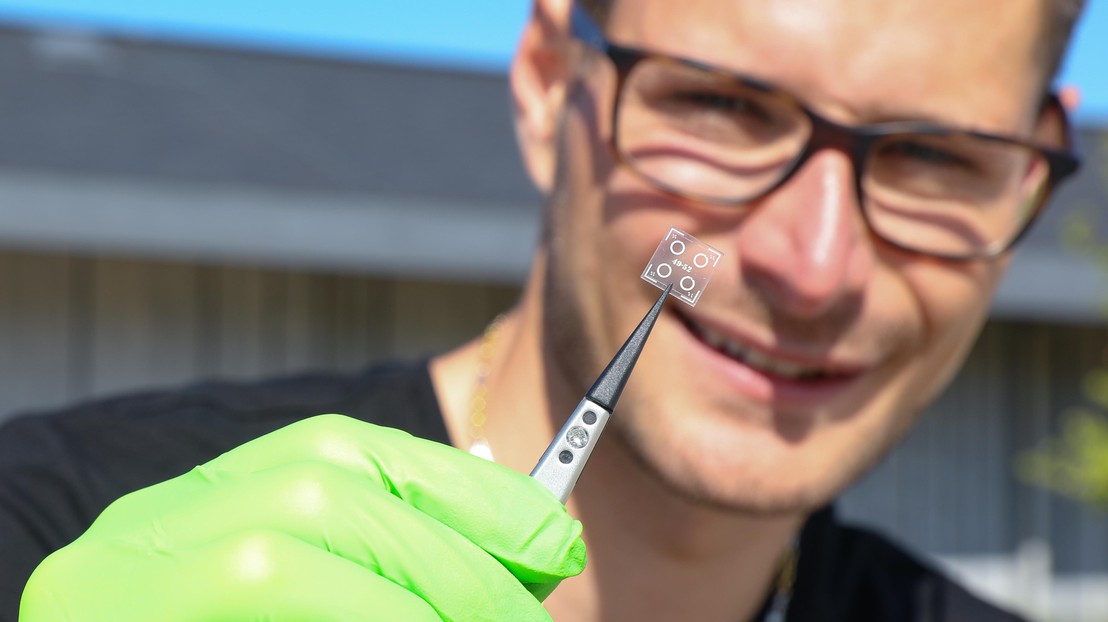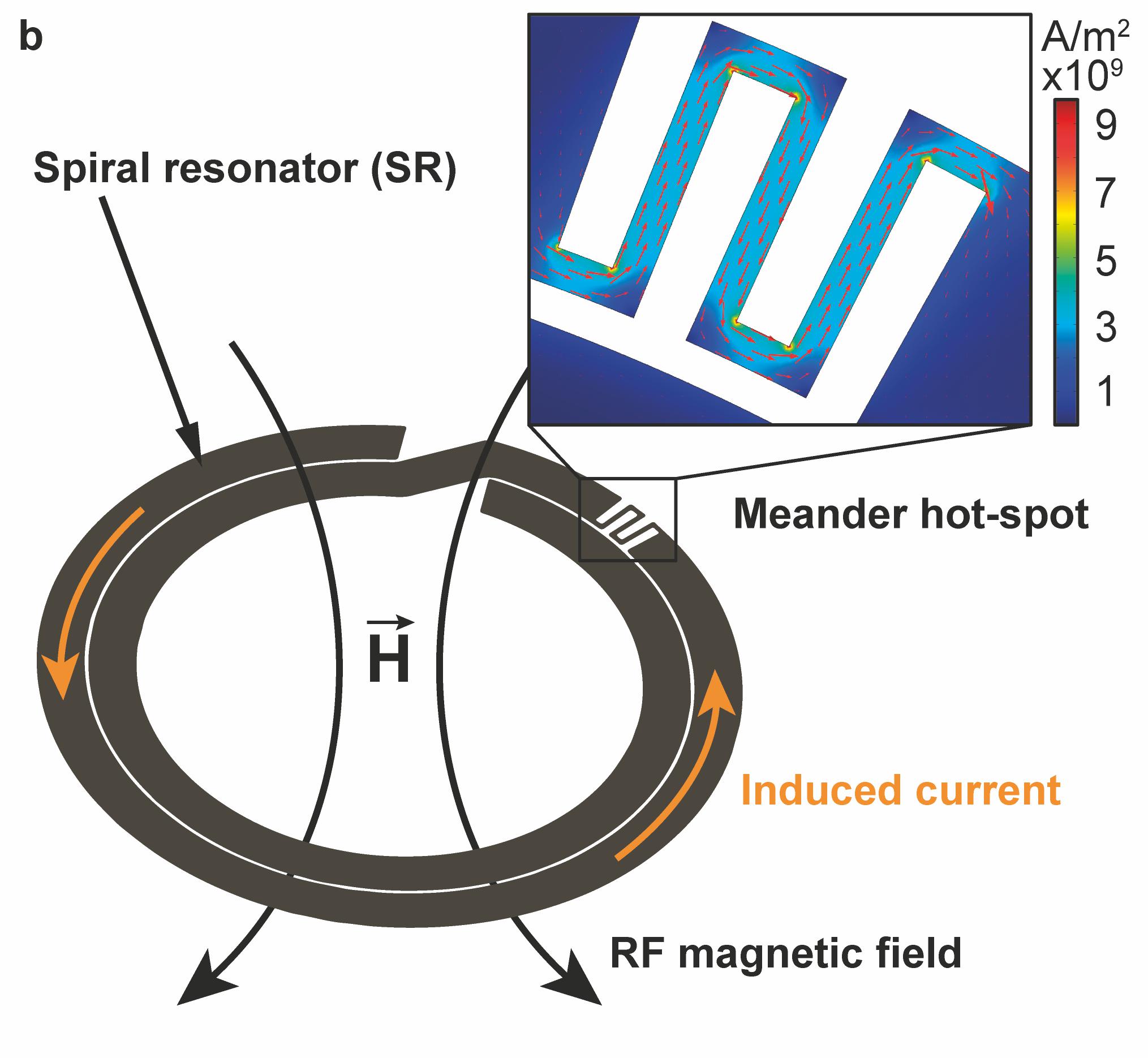
Researchers from Ecole Polytechnique Fédérale de Lausanne (EPFL) have created a biodegradable device that could be used in implants to control painkiller release in the body. These microresonators could be of particular use for administering painkillers after orthopedic procedures such as joint replacements. The device could release medication for a few days after the operation then naturally break down in the body. This work was recently published in the journal Advanced Functional Materials.
Patients who receive prosthetic devices through orthopedic surgery often have severe postoperative pain. Surgeons aim to reduce this adverse response by administering painkillers to the patient during the operation. This lasts for a few days after the procedure, at which point the patient is given morphine through a catheter near the spine.
There are several shortcomings to this current technique, with this catheter being considerably uncomfortable and administering drugs throughout the entire body. Though it does provide relief, this method does not target the specific area of interest and affects all organs in the body.
A Biodegradable Solution to Post-Operative Pain Relief
A biodegradable implant that can release localized anesthetic for several days is currently being developed by researchers in EPFL’s Microsystems Laboratory at the School of Engineering. The benefit of this painkiller implant is not only that it would provide symptom relief, but that it does not require surgery to remove as well.
The team created a tiny magnesium circuit that is fully biodegradable and can be heated from outside the body wirelessly. This circuit allows the implant to release controlled quantities of painkillers within a specific location in the body for several days. Once the anesthetic has been fully delivered, the implant and circuit naturally and safely degrade.
The circuit is a spiral-shaped resonant circuit that is only a few microns in thickness. When it encounters an alternating electromagnetic field, this spiral resonator generates heat through an electric current. Ultimately, the researchers plan to pair the resonators with capsules that contain pain treatment and insert them into the patient’s tissue during surgery. The contents within the capsule could be released on cue when an electromagnetic field is sent from outside of the body to melt the membrane of the capsule.

“We’re at a key stage in our project, because we can now fabricate resonators that work at different wavelengths,” said lead author and Ph.D. student Matthieu Rüegg. “That means we could release the contents of the capsules individually by selecting different frequencies.” This heating process results in the release of drugs in under a second.
Rüegg explained that because magnesium and the other biodegradable components dissolve quickly in water, the researchers avoided any manufacturing procedures that involved contact with water. The team employed ion beam etching techniques to optimally shape the magnesium.
“That gave us more flexibility in the design stage,” Rüegg claimed. Through these creative fabrication procedures, Rüegg and colleagues were able to generate magnesium resonators that are two microns thick and three millimeters in diameter, making them amongst the smallest in the world.
Though this initial research is promising, this biodegradable implant still has a way to go before being implemented by surgeons.
“We still need to work on integrating the resonators into the final device and show that it’s possible to release drugs both in vitro and in vivo,” concluded Rüegg.
Author Affiliations
In addition to Rüegg, other authors of the paper include EPFL’s Remo Blum, Giovanni Boero, and Juergen Brugger. Each of these researchers is a member of the Microsystems Laboratory at the Swiss research institute. Discussion and support on the work were provided by the Center of Micro/Nanotechnology at EPFL, Pr. Dr. Brigitte Jolles‐Haeberli and Dr. Marc‐Etienne Corthésy from the Centre Hospitalier Universitaire Vaudois (CHUV) and Hirslanden Private Hospital Group. The effort was funded by the European Research Council (ERC) under the European Union’s Horizon 2020 research and innovation program.
EPFL researchers are developing tiny biodegradable implants that doctors could use in the future to control the release of painkillers within tissue.@lmis1_epfl @MatthieuRuegg https://t.co/pzlGaeW3VF
— EPFL School of Engineering (@EPFLEngineering) August 8, 2019







 © 2025 Mashup Media, LLC, a Formedics Property. All Rights Reserved.
© 2025 Mashup Media, LLC, a Formedics Property. All Rights Reserved.